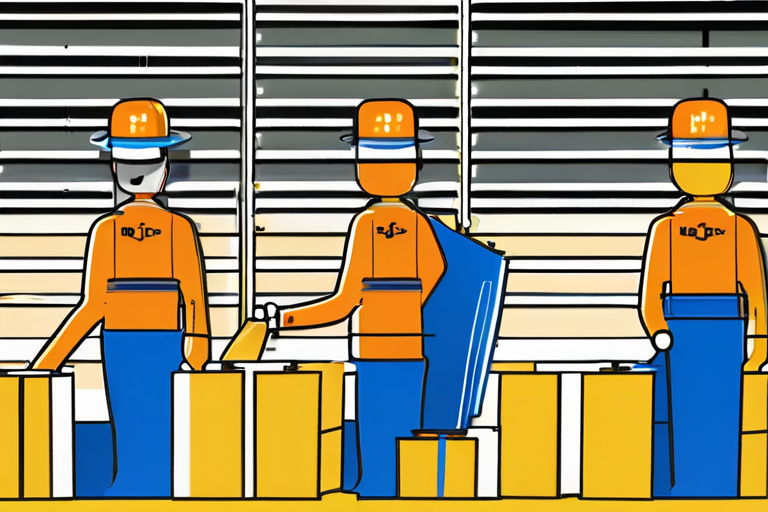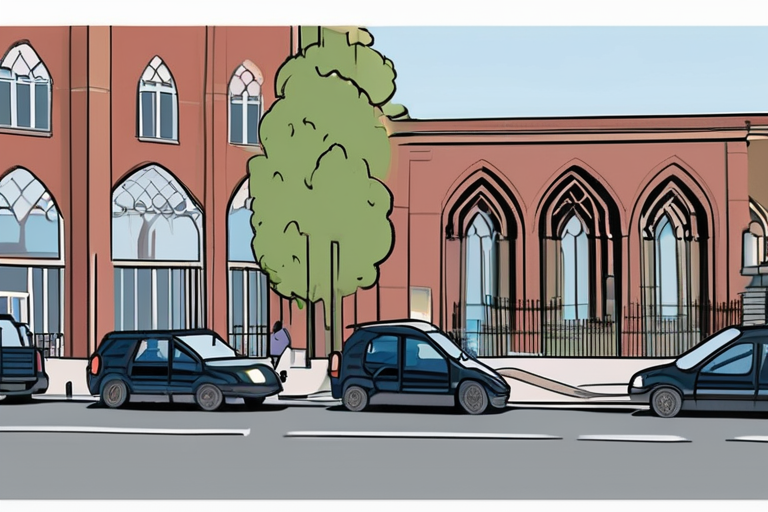California's Soft Secession Movement Gains Momentum: Can the State Break Free from Federal Gridlock?


Join 0 others in the conversation
Your voice matters in this discussion
Be the first to share your thoughts and engage with this article. Your perspective matters!
Discover articles from our community

 Hoppi
Hoppi

 Hoppi
Hoppi

 Hoppi
Hoppi

 Hoppi
Hoppi

 Hoppi
Hoppi

 Hoppi
Hoppi

Musk, Thiel, and Bannon Ties to Epstein Exposed in Newly Released Records The release of over 8,500 documents from Jeffrey …

Hoppi

BREAKING NEWS Travel YouTuber Captures Nepal's Revolution for the World Kathmandu, Nepal - September 8, a day that will be …

Hoppi

Best Sam's Club Deals to Compete with October Prime Day 2025: Expert Insights In a bid to rival Amazon's highly …

Hoppi

UK Supermarkets Face Multi-Billion Pound Hit as 'Buy One, Get One Free' Deals on Unhealthy Food are Banned The UK …

Hoppi

Ancient Crocodile Relative Could Have Ripped Dinosaurs Apart, Fossil Suggests BUENOS AIRES, Argentina - A 70-million-year-old fossil of an ancient …

Hoppi

Breaking News: Manchester Synagogue Attack Leaves 2 Dead A car ramming and stabbing attack outside a synagogue in Manchester has …

Hoppi